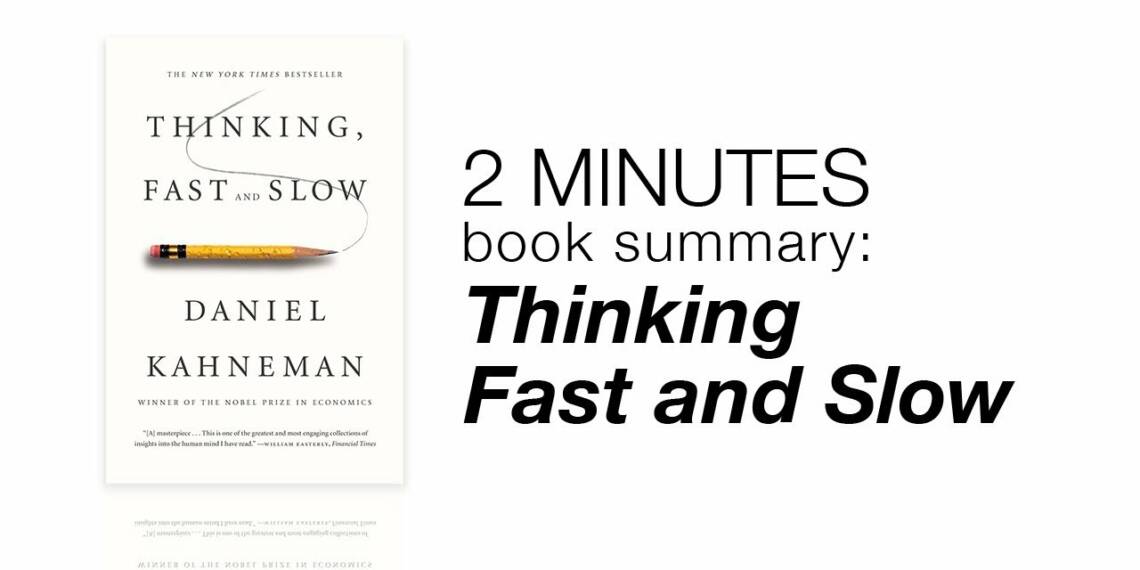Unlocking the Human Mind: 10 Lessons from Thinking Fast and Slow Book
In his bestselling book, “Thinking, Fast and Slow,” Nobel Prize-winning psychologist Daniel Kahneman explores the way the human mind works, revealing the two modes of thinking that influence our decision-making processes. Here are 10 valuable lessons we can learn from Thinking Fast and Slow book to help us understand our own thought processes and make better decisions.
TOP 10 lessons to learn from Thinking fast and slow Book
Thinking Fast and Slow is a masterpiece that delves deep into the workings of the human mind. The Thinking fast and slow Book offers 10 life lessons on how we think and make decisions, making it a must-read for anyone seeking to better understand themselves and others.
Your brain has two systems: System 1 and System 2:
Thinking, Fast and Slow Reading is a strange experience. Throughout the book, Kahneman asks you questions, knowing that you will make mistakes when you try to answer them.
Cognitive Ease:
Your Brain Wants to Take the Path of Least Resistance. Your brain hates using energy. It wants to be at peace, It wants to feel at ease.
Question substitution:
We are likely to consciously activate System 2 for important questions. But for most things, we’ll immediately replace the hard question with an easy question that System 1 can solve.
WYSIATI:
Our mind can confidently draw conclusions based on limited evidence. We easily form opinions based on very little information, and then believe those opinions. WYSIATI is one of the reasons modern politics is so polarised.
Also Read: The Power of Words: 10 Benefits of Reading Novels
Framing and Choice Architecture:
Framing is absolutely where copywriters earn their pay. Being able to identify an alternative, more compelling framing can mean the difference between a winning campaign or a flamed-out.
Ignoring Base Rate:
Think of the “base rate” as the frequency of an event that occurs based on historical and observable data.
Sunk Cost:
The sunk cost fallacy is our tendency to follow through on an action even when it doesn’t make rational sense because we’re influenced by what we’ve already invested in it.
Also Read: 10 Key Lessons on Achieving Productivity and Focus from “Deep Work” Book
Our brains choose the familiar over the truth:
People assess the relative importance of issues with the ease with which they are retrieved from memory and this is largely determined by the extent of coverage in the media.
Priming:
This brings us to the phenomenon of priming. Researchers have found that exposing people to one stimulus changes how they react to another stimulus later.
Availability bias:
Relying too much on how readily information comes to mind. Availability bias means that we rate something as either more important or more true depending on how easily examples of it come to mind.
Install our app for more news and daily updates: @tfiglobal








